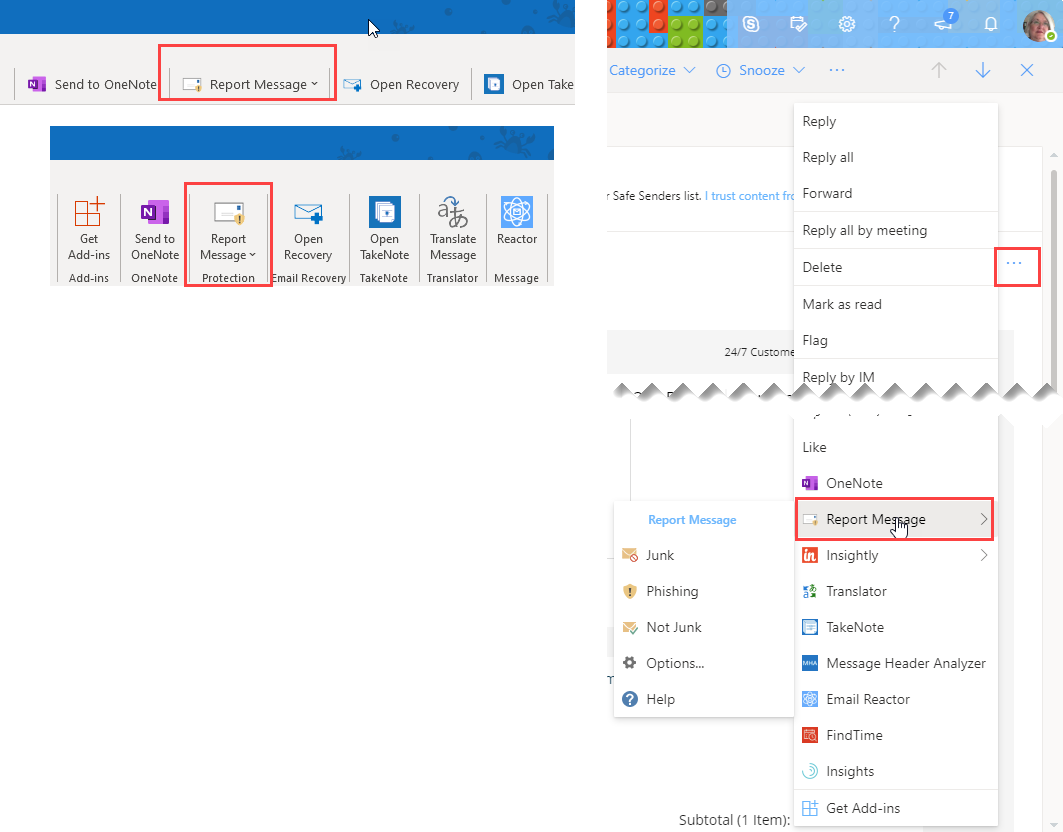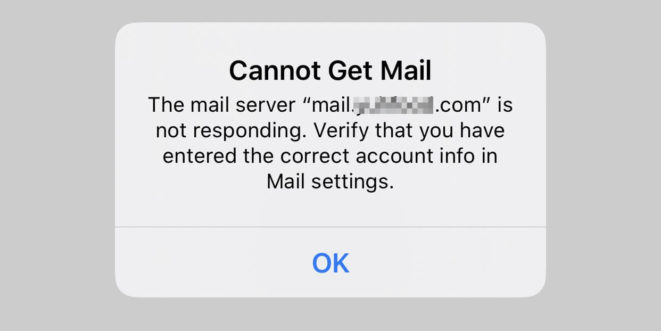Outlook.com is a free personal email service from Microsoft that doesn't scan your email for the purpose of serving you ads. Automatically file emails and share photos easily. A copy of the message is placed in the appropriate destination folder, but the original message is not removed immediately. Instead it is flagged as “unpurged”, and hidden from display, until such a time that the folder that contains it is compacted or expunged. The reason for this behavior is to optimize the move/delete process by not. Open the Inbox folder, select to highlight the email messages in the Inbox folder that you will delete permanently, and press the Shift + Delete keys at the same time. In a pop-up warning dialog box, click the Yes button. Then all selected email messages in the Inbox folder are deleted permanently. In Outlook 2010, you can set the Trash folder as the Deleted Items folder for a Gmail IMAP account. Gmail – Expunge and deletion options. In previous versions of Outlook, you cannot set a Deleted Items folder for an IMAP account as deleting messages from an IMAP account actually works a bit different from other account types.

Microsoft Outlook Message Expunged From Record
C: Users AppData Local Microsoft FORMS Note: Type your computer user name in the above location. If the above steps does not help, repair Office from control panel programs and features and verify the status.
Microsoft Outlook Message Expunged Code

Microsoft Outlook Message Expunged Template
Related places | Policies, Practices, and Guidelines Microsoft is dedicated to help provide the most trusted and protected consumer experience on the web. Therefore, Microsoft has developed various policies, procedures, and adopted several industry best practices to help protect our consumers from abusive, unwanted or malicious email. Senders attempting to send email to Outlook.com users should ensure they fully understand and are following the guidance on this page to help in this effort and to help avoid potential deliverability issues. General Microsoft Policies Email sent to Outlook.com users must comply with all Microsoft policies governing email transmission and use of Outlook.com. Governmental Regulations Email sent to Outlook.com users must adhere to all applicable laws and regulations governing email communications in the applicable jurisdiction. Technical Guidelines Email sent to Outlook.com should comply with the applicable recommendations listed in the documents below (some links are only available in English) In addition, email servers connecting to Outlook.com must adhere to the following requirements: - Sender is expected to comply with all technical standards for the transmission of Internet email, as published by The Internet Society's Internet Engineering Task Force (IETF), including RFC 2821, RFC 2822, and others.
- After given a numeric SMTP error response code between 500 and 599 (also known as a permanent non-delivery response), the sender must not attempt to retransmit that message to that recipient.
- After multiple non-delivery responses (see #2), the sender must cease further attempts to send email to that recipient.
- Sender must not open more than 500 simultaneous connections to Outlook.com inbound email servers without making prior arrangements.
- Messages must not be transmitted through insecure email relay or proxy servers.
- The mechanism for unsubscribing, either from individual lists or all lists hosted by the sender, must be clearly documented and easy for recipients to find and use.
- Connections from dynamic IP space may not be accepted.
- Email servers must have valid reverse DNS records.
- Senders must not use namespace mining techniques against Outlook.com inbound email servers. This is the practice of verifying email addresses without sending (or attempting to send) emails to those addresses.
Authentication Email sent to Outlook.com users should include Sender ID authentication. While, other forms of authentication are available, Microsoft currently only validates inbound mail via SPF and Sender ID authentication. Reputation Management Senders, ISP's and other third party senders and service providers should actively manage the reputation of your outbound IPs. Outlook.com has developed the following free services to help in this effort.
Additional ResourcesDeliverability Support If you are adhering to the guidelines, practices and policies presented on this page and are still experiencing deliverability issues, please contact Outlook.com deliverability support. If you are not in compliance with the above policies and guidelines, it may not be possible for our support team to assist you. Email Deliverability Resources and Organizations Microsoft actively works with industry bodies and service providers in order to improve the internet/email ecosystem. These organizations have published best practice documents that we support and recommend senders adhere to. This improves your deliverability amongst several email service providers around the world. Abuse and Spam Reporting To report unlawful, abusive, unwanted or malicious email that you find originating from an Outlook.com, Hotmail, Live, or MSN account , please forward a complete copy of the abusive message (including the full message header) to abuse@outlook.com. Sending these types of communications is a violation of Microsoft policy and appropriate action will be taken on confirmed reports. Law Enforcement If you are a member of law enforcement and wish to serve Microsoft Corporation with legal documentation regarding an Outlook.com account, or if you have questions regarding legal documentation you have submitted to Microsoft, please call (1) (425) 722-1299.
|

